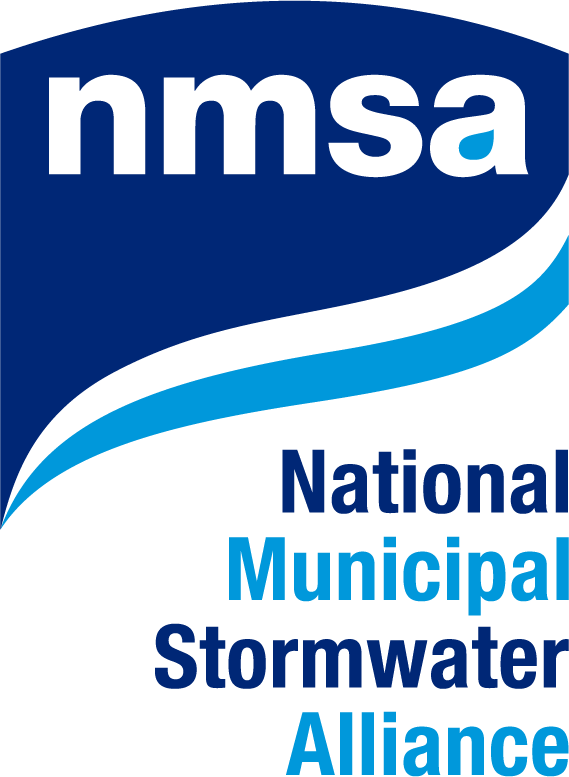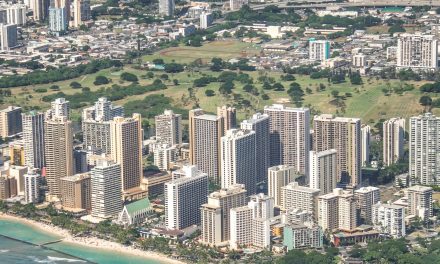Meeting permit requirements for the U.S. Environmental Protection Agency (EPA) NPDES Municipal Separate Storm Sewer System (MS4) program is often a complex process.

To maintain compliance, MS4 permittees must not only fund and operate effective stormwater infrastructure, but also perform public outreach and year-round environmental monitoring. While information exists online to help guide success in each MS4 program area, the sector has lacked a centralized destination where MS4 permittees can easily locate information applicable to their specific needs.
In August, the National Municipal Stormwater Alliance (NMSA; Alexandria, Virginia) released the National MS4 Online Resource. The tool, funded by EPA and compiled by a team of stormwater experts from MS4 program managers, regulatory bodies, consultancies, and research groups, directs users to a host of reputable online sources that enable MS4 permittees to dive deep into specific topics and compliance strategies.
“Our observation is that there is a huge amount of accumulated insight and experience in the stormwater community, but so far, not a lot of places to go to get that information from stable sources,” described David Smith, assistant director of water for EPA Region 9 in an August 12 webcast about the new tool. “Our hope is that this resource provides a gathering point where we can share some of the great insights and experience that this community has developed in building and improving our stormwater programs around the country.”
Comprehensive Guidance
The National MS4 Online Resource features six focus areas, each broken down into several sub-topics, covering virtually every aspect of MS4 administration. In addition to a generalized, introductory section tailored to each of the MS4 program’s minimum control requirements called MS4 101, focus areas include Communications and Outreach, Funding, Operations, Program Goals and Management, and Water Quality Outcomes.
“This resource is definitely not your typical stormwater design manual,” said Randy Neprash, vice chair of NMSA. “The focus here is on MS4 programs: How to set them up well, how to improve them, and how to get them to be more effective and more efficient. There’s a real programmatic focus rather than stormwater design.”
Each focus area begins with a brief overview of the topic’s fundamental considerations, followed by a compilation of applicable research papers, published guidance from governments and regulators, and other resources. At the tool’s launch, it already contained links to more than 100 online resources.
The resource does not impose any additional MS4 permit language or regulations, Smith stressed, but is instead intended to help permittees explore new ways to meet existing requirements.
Your Feedback Requested
NMSA is calling on users of the tool to help improve it, said NMSA executive director Seth Brown. The development team will make periodic updates to the National MS4 Online Resource to include new topics and sources in response to user feedback.
“We want to make sure that what we’re providing is something that’s useful to the sector. What we’re trying to do is focus on those things that are specifically useful and helpful for MS4 program managers and those who support MS4 programs,” Brown said.
Users can easily contribute to the tool by clicking on “Feedback” or “Submit A Resource” at the top of the National MS4 Online Resource page. NMSA will review and curate submitted sources to ensure their quality and relevance.
Explore the National MS4 Online Resource or listen to a webcast about the resource at the NMSA website.





